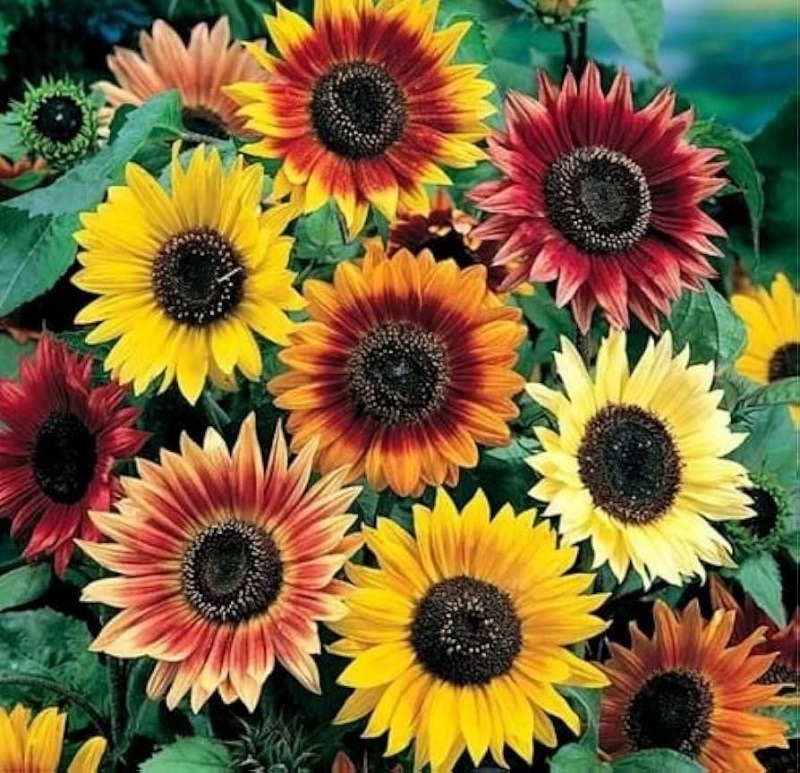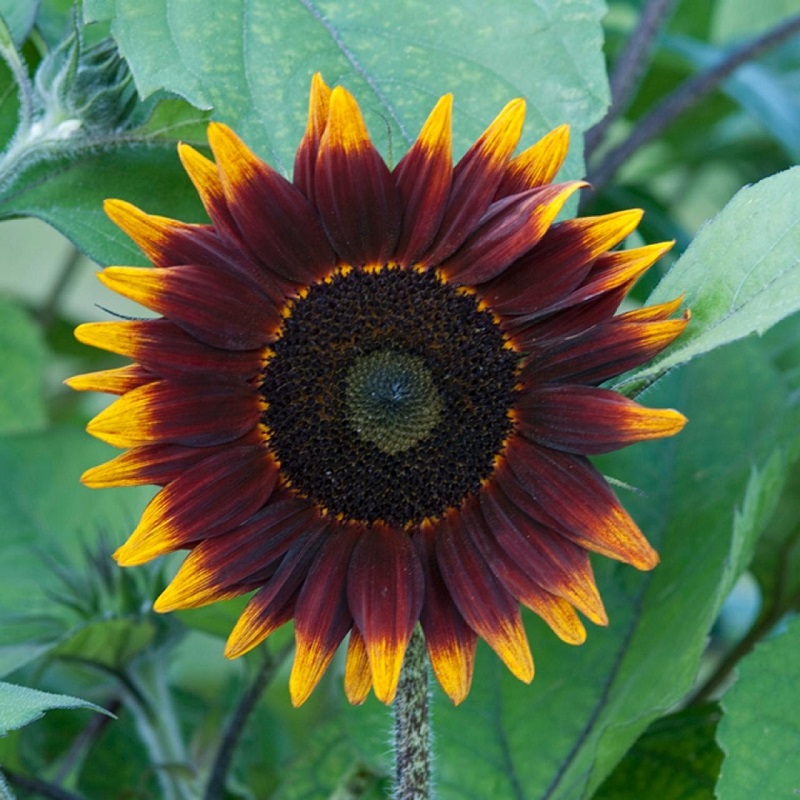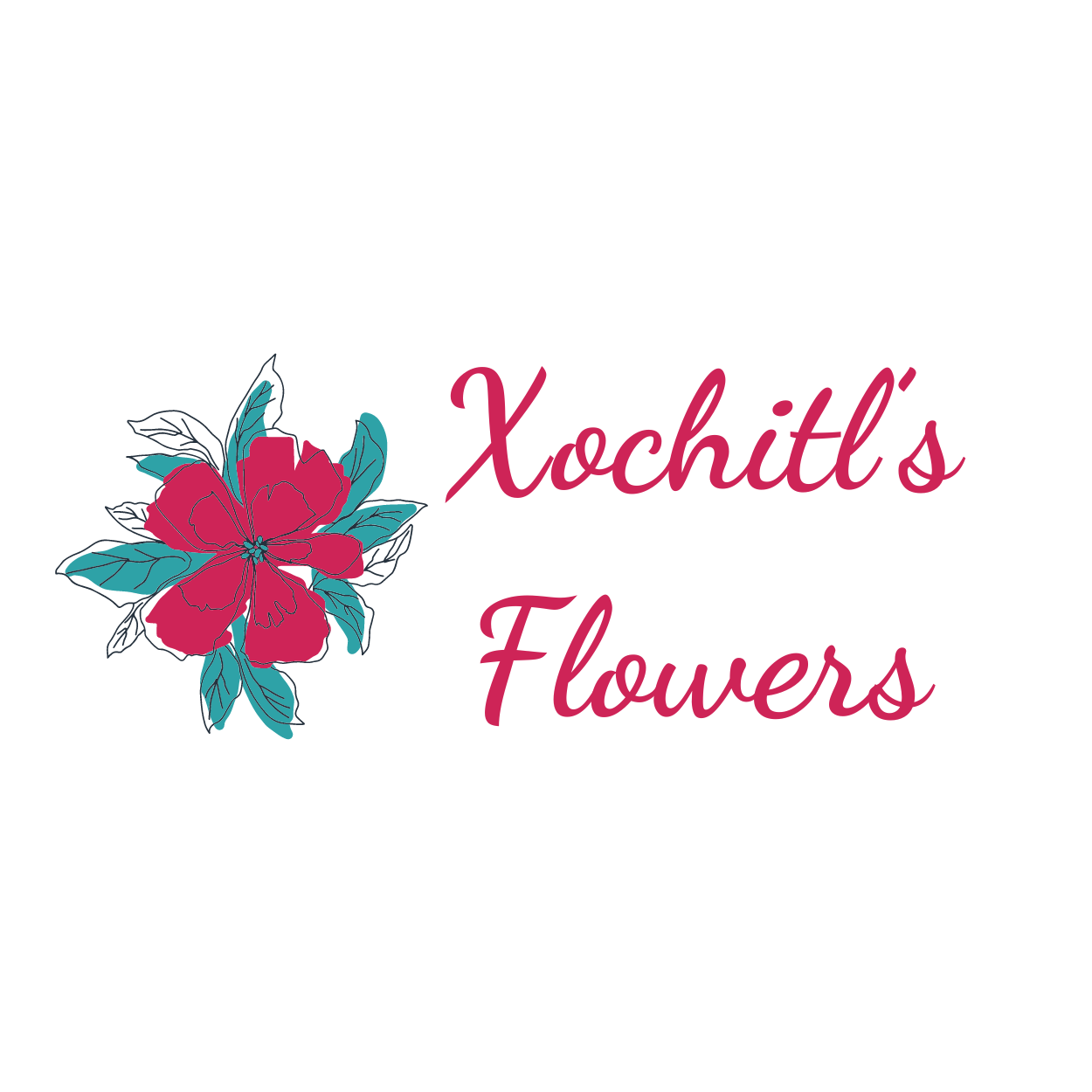Multi-colored sunflowers bring a burst of vibrant hues and captivating patterns to any garden, offering a delightful alternative to the traditional yellow blooms. Known for their striking and varied color palettes, these sunflowers create a stunning visual display that can transform garden spaces and floral arrangements. This article explores the unique characteristics, history, cultivation, and benefits of multi-colored sunflowers, highlighting why they are an exceptional choice for garden enthusiasts and floral designers alike.
Definition and Characteristics
What are Multi-Colored Sunflowers?
Multi-colored sunflowers are a diverse group of sunflower varieties distinguished by their colorful petals and varied patterns. Unlike traditional sunflowers, which typically feature a single color, multi-colored sunflowers boast a range of hues from deep reds and oranges to pinks and purples, often blending seamlessly into one another. This kaleidoscope of colors adds a unique touch to their already impressive blooms.

Unique Features of Multi-Colored Sunflowers
These sunflowers are characterized by their vibrant and varied colors, which can include combinations of red, orange, yellow, pink, and purple. The flowers often display gradient effects or multi-colored patterns, creating a visually appealing contrast against their dark centers. In addition to their eye-catching appearance, multi-colored sunflowers come in various sizes and shapes, from single large heads to smaller, more intricate blooms.
History and Origin
Historical Context of Multi-Colored Sunflowers
The development of multi-colored sunflowers began with selective breeding aimed at enhancing the color diversity of traditional sunflowers. Breeders sought to create varieties that offered a wider range of colors and patterns while maintaining the classic sunflower’s robust growth and flowering traits. These efforts have led to the emergence of several stunning multi-colored varieties.
Introduction and Adoption in Different Regions
Since their introduction, multi-colored sunflowers have gained popularity among gardeners and floral designers worldwide. Their unique appearance has made them a sought-after choice for both garden displays and commercial floral arrangements. The increasing demand for diverse and visually striking flowers has led to their widespread adoption in various regions.
Botanical Characteristics
Physical Appearance
Multi-colored sunflowers typically grow to a height of 3 to 6 feet, depending on the variety. They feature large, showy flower heads that can range from 4 to 10 inches in diameter. The petals of multi-colored sunflowers display a vibrant mix of hues, creating a dynamic and eye-catching effect. The central disk of the flower is usually dark brown or black, providing a stark contrast to the colorful petals.
Growth Habits
These sunflowers follow a similar growth cycle to traditional sunflowers, with a relatively quick maturation period. They are annual plants that complete their lifecycle within a single growing season. Multi-colored sunflowers are adaptable to a range of soil types and climatic conditions, making them suitable for various gardening environments.
Cultivation
Climate and Soil Requirements
Multi-colored sunflowers thrive in full sun and well-drained soil that is rich in organic matter. They prefer slightly acidic to neutral pH levels and can tolerate various soil types, though loamy soil is ideal. Adequate sunlight is essential for vibrant color development and healthy plant growth.
Planting Techniques
Plant multi-colored sunflower seeds directly into the soil after the last frost in spring. Sow the seeds at a depth of about 1 inch and space them 12-18 inches apart to accommodate their mature size. Ensure they receive plenty of sunlight throughout the growing season for optimal growth and flowering.
Care and Maintenance
Regular watering is important, especially during dry periods, but avoid overwatering to prevent root rot. Fertilize with a balanced fertilizer to support vigorous growth and blooming. Multi-colored sunflowers generally require minimal staking but may benefit from support if they become top-heavy. Monitor for pests and diseases, and address any issues promptly to maintain plant health.
Popular Varieties
Overview of Notable Multi-Colored Sunflower Varieties
- ‘Sunrich Lemon’: Features bright yellow petals with orange and red undertones, creating a sunny and vibrant display.
- ‘Rainbow Sun’: Known for its striking blend of red, orange, and yellow petals, this variety offers a spectacular visual effect.
- ‘Chianti’: Offers deep red and burgundy petals with contrasting dark centers, providing a rich and elegant appearance.
Pests and Diseases
Common Issues
Multi-colored sunflowers can be affected by common sunflower pests such as aphids, spider mites, and sunflower beetles. They are also susceptible to fungal diseases like powdery mildew and rust.
Prevention and Treatment Strategies
Preventive measures include proper spacing for good air circulation and regular plant inspections. Organic treatments like neem oil and insecticidal soap can help manage pests, while fungicides may be necessary for severe fungal infections. Implementing integrated pest management (IPM) practices can improve overall plant health and resilience.

Uses and Benefits
Ornamental and Aesthetic Uses
Multi-colored sunflowers are ideal for garden design, offering a vibrant and visually striking addition to flower beds and landscapes. They also make excellent cut flowers, adding a unique and colorful element to floral arrangements and bouquets.
Environmental Benefits
These sunflowers attract pollinators such as bees and butterflies, supporting garden biodiversity. Their deep root systems also help improve soil structure and prevent erosion.
Commercial and Agricultural Uses
In addition to their ornamental value, multi-colored sunflowers are popular in specialty flower markets for their unique appearance. They are sought after by floral designers and gardeners looking to add a distinctive touch to their collections.
Cultural Significance
Symbolism and Meanings
Multi-colored sunflowers symbolize diversity, creativity, and joy. Their vibrant hues and varied patterns represent a celebration of color and life, making them a popular choice for events and occasions that highlight positivity and exuberance.
Multi-Colored Sunflowers in Art and Literature
The vibrant and diverse appearance of multi-colored sunflowers has inspired various artworks and creative projects. Their playful and eye-catching nature continues to captivate artists and writers, who incorporate these flowers into their work to evoke beauty and joy.
Festivals and Celebrations
Multi-colored sunflowers are often featured in flower festivals and garden events, where their unique blooms are showcased in displays and exhibitions. These events may include flower shows, gardening workshops, and family-friendly activities.
Conclusion
Multi-colored sunflowers offer a stunning and vibrant twist on the classic sunflower, adding a burst of color and creativity to any garden or floral arrangement. Their unique appearance, ease of care, and versatility make them a valuable addition to horticultural collections. Embrace the beauty and diversity of multi-colored sunflowers and enjoy their captivating presence in your garden.
